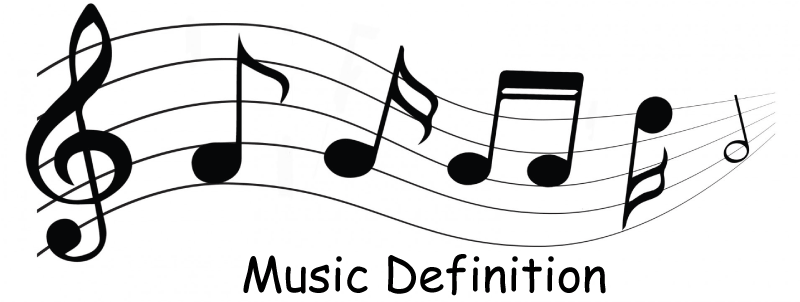Music Definition
Introduction
Music may be defined as a form of art that uses sound and rhythm, creating an emotional and aesthetic experience for the listener. The listener gets attached to it by the rhythm and experience of music. Music can be created by various means, including singing, playing vocal instruments, and using electronic sound manipulation. Music has been a part of our society from very early ages and a source of entertainment and joy for thousands of years.
Music has often been used for entertainment, communication, storytelling, and expression of emotions. It has various emotional and behavioral impacts on society and individuals as well. It can help an individual evoke moods and feelings such as happiness, sadness, and excitement. Music and its effect depend on its tempo, harmony, melody, and lyrics.

Music creates a therapeutic and emotional effect on an individual and impacts our human history and culture. It is also used in our religious and ceremonial contexts and for political, social, and artistic purposes.
In more specified terms, music can be defined as the art of arranging sounds that help create a combination or pattern of melody, which can be a form of entertainment, happiness, and excitement.
Origin of the Word "Music"
The word music came from the Greek word "mouselike," which means the art of the muses. It has purely been derived from Greece mythology, where the word Muses signifies the goddess of arts and sciences. The word "mouse" was later adopted as the signifier of the word "music" by Romans, which later evolved to "music."
Some Common Terms in Music
- Pitch: Pitch may be defined as the highness or lowness of a musical sound that can affect the overall music of a song. The frequency of the music or sound waves determines it. In Western classical music, pitches are determined on the hertz scale (Hz).
- Tone: Tone may be defined as the music's quality, character, or richness. The instrument used usually determines it and how it produces the music. The tone, in brief terms, is described as bright, warm, harsh, mellow, or any other adjectives.
- Melody: Melody is a musical element that signifies the series of notes played in succession, which creates a recognizable and mesmerizing tone and is often regarded as the music's most prominent and memorable part. A simple yet important question is how we will describe the melody. So the answer is hidden in the music itself. It is usually described in terms of pitch, rhythm, and phrasing. Melodies can sometimes be straight or simple, while at some point, they are complex and can be created using various instruments. Yesterday" by The Beatles, Somewhere over the Rainbow "Happy" by Pharrell Williams: and "Moon River" by Henry Mancini are some common examples of melody in a piece of music.
- Harmony: When two or more nodes are combined or played simultaneously to create a pleasing sound. It may be a vertical aspect of music in contrast to the melody, which is the horizontal aspect of music.
Harmony greatly impacts the music's depths and richness, which can create tension and release or highlight the emotional aspects of music. Like a melody, harmony can be simple and complex at some point in music time. In Western music, harmony is essential in classical music, jazz, pop, and rock.
- Rhythm: In simpler terms, rhythm makes music move and flow. It is like the heartbeat of a song which keeps it moving forward and gives life to the music. Usually, rhythm is added with the help of a regular beat created by a drum or other percussion instrument like a marimba. The beat is then broken down into smaller parts called measures or bars, each having a set number of beats. This gives the music a sense of structure and organization.
- Tempo: Tempo is an important aspect or part of music that helps establish a piece's overall feel and mood. It means the speed or pace at which the music is played or sung, usually indicated by a tempo or metronome marking at the piece's beginning.
A slow tempo can create a sense of calm, relaxation, or sadness. In contrast, a fast tempo can help create a sense of excitement, energy, or urgency.
|

 For Videos Join Our Youtube Channel: Join Now
For Videos Join Our Youtube Channel: Join Now









